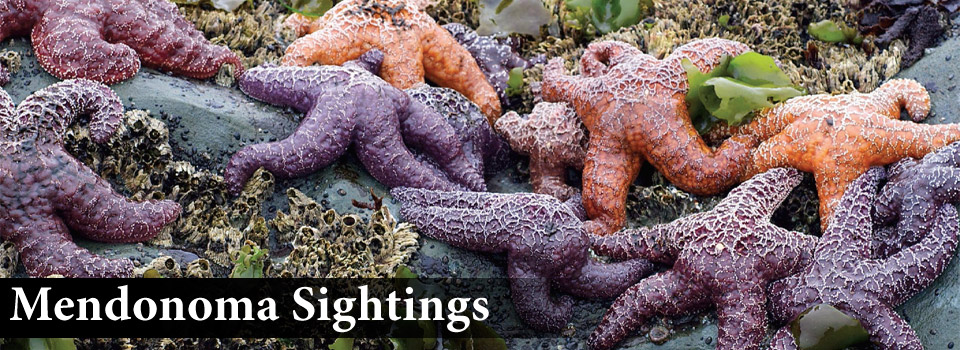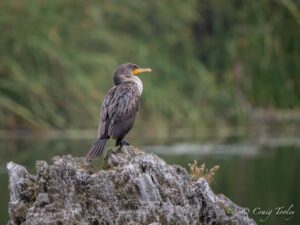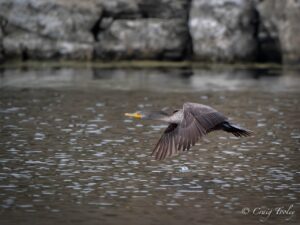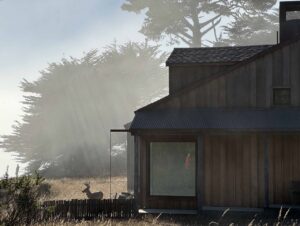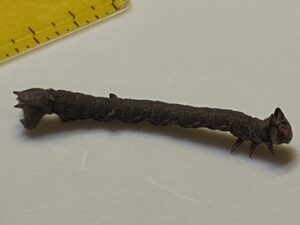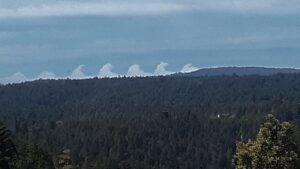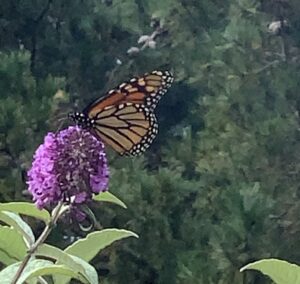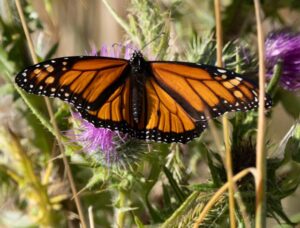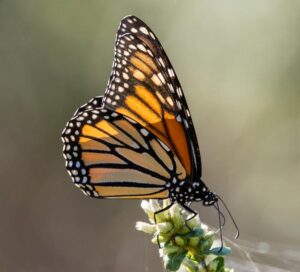Craig Tooley noticed this handsome Double-crested Cormorant perched at the Gualala River. The bird then took flight and Craig got that photo too.
From the Cornell Lab of Ornithology website: "From a distance, Double-crested Cormorants are dark birds with snaky necks, but up-close they’re quite colorful—with orange-yellow skin on their face and throat, striking aquamarine eyes that sparkle like jewels, and a mouth that is bright blue on the inside." I like the "etching" on their feathers!
To hear the call of a Double-crested Cormorant, you can listen at this link: https://www.allaboutbirds.org/guide/Double-crested_Cormorant/sounds Fair warning! Their infrequent calls sound rather like a pig!
Thanks to Craig for allowing me to share his photos with you here. To see much more of Craig's nature photography, here is the link to his website: http://www.ruffimage.com
We had some puffy clouds moving in from the west, making for a beautiful morning. Temps are again mild today and there is no wind. A very nice day!
